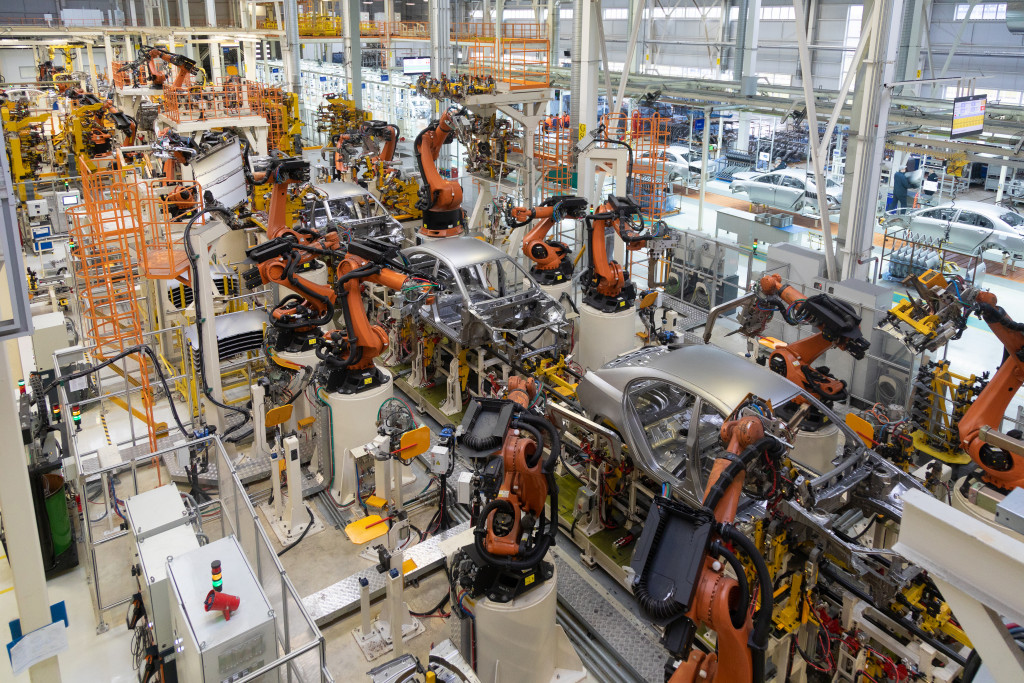The production and output of a manufacturing plant heavily depend on maintenance. A well-maintained plant consists of machines with fewer breakdowns, upgraded machine parts, and a high output than non-maintained plants. Several businesses have embraced one or a combination of many maintenance methods to ensure the quality of production processes. Strategies such as 5S, reliability-centered maintenance (RCM), or complete preventive maintenance (CPM) are effective. But they can be difficult to put in place as they need a shift in the business culture. Here are some ways of how plant maintenance can be carried out instead.
Adopting a schedule for planned maintenance
To ensure smooth running and to avoid failure, many machinery components need preventive maintenance. Adopting a planned maintenance schedule allows us to conduct maintenance work during fixed pre-determined times. This is usually done when the equipment is not in use. This strategy may reduce inventory breakdowns as it helps identify issues easily and can be rectified before the machine is in use next.
Maintaining a clean and organized work environment
If the factory is clean and well organized, it is easier to detect the problems with machinery and carry out the maintenance tasks. This, in turn, also makes the workforce more open to adopting a culture that prioritizes preventive maintenance. For example, air duct cleaning is of utmost importance at a manufacturing plant to ensure that the gases flow smoothly. This, in turn, helps to maintain the work conditions and health of the workers.
Choosing the right maintenance strategies

Some assets are more expensive than others. Some are more critical to production continuity, while some are old and need replacement. A single maintenance strategy is not suitable for the maintenance of all equipment at the same time. Thus, it is important to choose the right maintenance strategy. This helps in the smooth functioning of the factory floor without hampering the output.
Equipment cleaning and lubrication
Parts in the machines that are used regularly must be lubricated to ensure smooth functioning. Specific types of lubricants must be used depending on the need. Contamination, especially water ingress, can be harmful to the machinery and is one of the significant causes of equipment failure. Thus, seals and filters must be monitored and replaced periodically to prevent contamination. Lubrication of the components of machinery is also essential to prevent corrosion. This ensures that the machines can work properly without issues.
Improving the skills and training of operators
Training of the operators should focus on the correct use of the equipment with regular assessment of their work. Any inconsistencies, if found, must be addressed with further training. Thought, time, and money are required for training employees, which can increase the burden on the employer. But in the long run, they are beneficial to the growth of the business. Employers can have in-house training staff to train employees at regular intervals. Similarly, they can hire a training provider to help employees learn how to use equipment properly and equipment maintenance.
Review and update documentation
For proper maintenance of plants, documentation is crucial. Reviewing existing procedures and updating documentation helps is continuity of the functioning. Documentation may include the dates of maintenance, the standard operating procedures, safety measures to be taken, emergency operating procedures, etc.
Employees must be provided with updated documentation about various maintenance procedures, machinery operation, and other things that improve output.
Employers might feel that there is no need for plant maintenance if they get a decent output from the plant. But, the differences can be seen immediately once a maintenance schedule is created and implemented. The output, profits, and employee morale are increased significantly in a well-maintained plant. There’s no reason not to have one.




